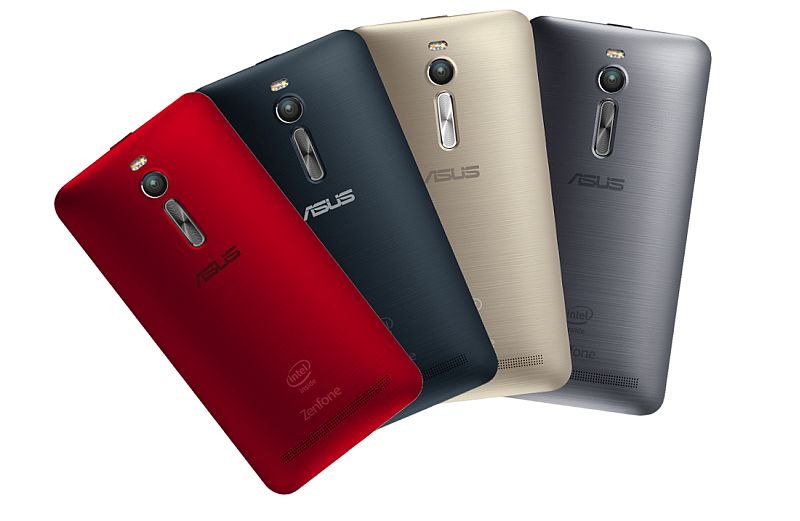
In a sense, if there was ever a question about whether we should be using technology for learning, I believe that coming out the pandemic has only normalised technology use within the classrooms forever. These thoughts are mirrored by Satya Nadella, CEO of Microsoft that said:
Not only has education shifted towards a pure delivery of learning through technology with the support of an eco-system that has worked for our school during COVID times, but a recent Gartner CFO survey revealed that over two-thirds (74%) of companies plan to permanently shift employees to remote work after the crisis ends. Twitter as one example based in San Francisco, told employees back in May that they could work from home indefinitely.
As expected, Big Tech companies are paving the way and education should consider these future skills as part of the learning journey rather than a tool that enabled students to learn in a critical moment.
Of course, we have sorely missed the social interactions, emotional learning, and hands-on activities that the classroom provides, however, with the increasing push of innovative technology features and functions, students are interacting in a new way, a more social way than before through technology.
Let’s go deeper in proposing a hybrid learning model by making sure we are all speaking the same language by categorising all the different types of teaching methods.
Lauren Margulieux who is a professor at Georgia Tech University has developed this model from her PHD attempts to define all the ways in which we design and deliver courses. The interesting outcomes from these studies found that the methods of teaching, whether face to face or by using technology alone, did not affect the students’ learning outcomes. The biggest difference was how teachers had the learners apply the content that made the biggest impact to the learning outcomes.
Within a hybrid model, learning centres around personal relationships. Using face-to-face and online platforms like Microsoft Teams, the hybrid model creates meaningful connections between students and ensures synchronous class time is being used effectively. It focuses on authentic, relevant learning that provides students with voice, choice, and agency.
Educational systems moving to a hybrid learning environment will need to focus on specific elements to ensure their students and teachers have what they need to be successful. The five elements of hybrid learning are:
- The learning environment is optimized for both the physical and virtual learning space for your students.
- Does the class community foster relationships with students to encourage connection and camaraderie. An example of this is using the reflect app in TEAMS that allows anonymous check-in amongst students to give their tutor an authentic response on how they are feeling that day. This simple function can be sent out instantly for a whole class response.
- Lesson design evaluates core concepts in the curriculum, determining what’s most essential and designing learning materials and assessments that can be personalized to meet each individual student’s needs.
- Consider engagement and interactivity so that it creates synchronous and asynchronous experiences to utilize a variety of strategies, to ensure all students are active participants in the session.
- Assessment and feedback on designing formative and summative assessments that continually evaluate understanding and provide feedback to promote student growth
New jobs are moving away from rapid automation and digital disruption by looking at employees who possess a broad range of transferable skills which requires creative problem-solving and critical thinking. I believe that we need to understand how to use technology to future-proof careers and therefore students learning on what these vital skills are for the idea of disruption in this rampant and unpredictable world we currently live in. This will allow students to thrive in the future by focusing on leadership skills and high-level communication in the systems employers are using today.
I have been impressed by the resilience displayed by our young learners to bounce back from several educational setbacks, dealing with stress and not knowing whether exams will go ahead or not. This has brought back that feeling of optimism to carry on. One needs to be positive with both a healthy dose of realism and pessimism mindfulness. It is an important skill in classroom teachers who need to create enough interest to get students attention to make the class an interactive experience to allow contribution and collaboration. Students can create presentations that capture attention in a single platform where students can ask questions through multiple methods.
Nurturing technology innovation and creativity means instilling a growth mindset school and hybrid learning is a future model for success. Removing the fear of failure is a challenge for everyone and adapting to today’s new disruptive technology allows student to do more for themselves when learning by making mistakes.
As we transition to different models, we can reimagine education and build a learning environment that incorporates all the dimensions of a quality experience. Will you reimagine learning with a hybrid model?
[“source=gesseducation”]












